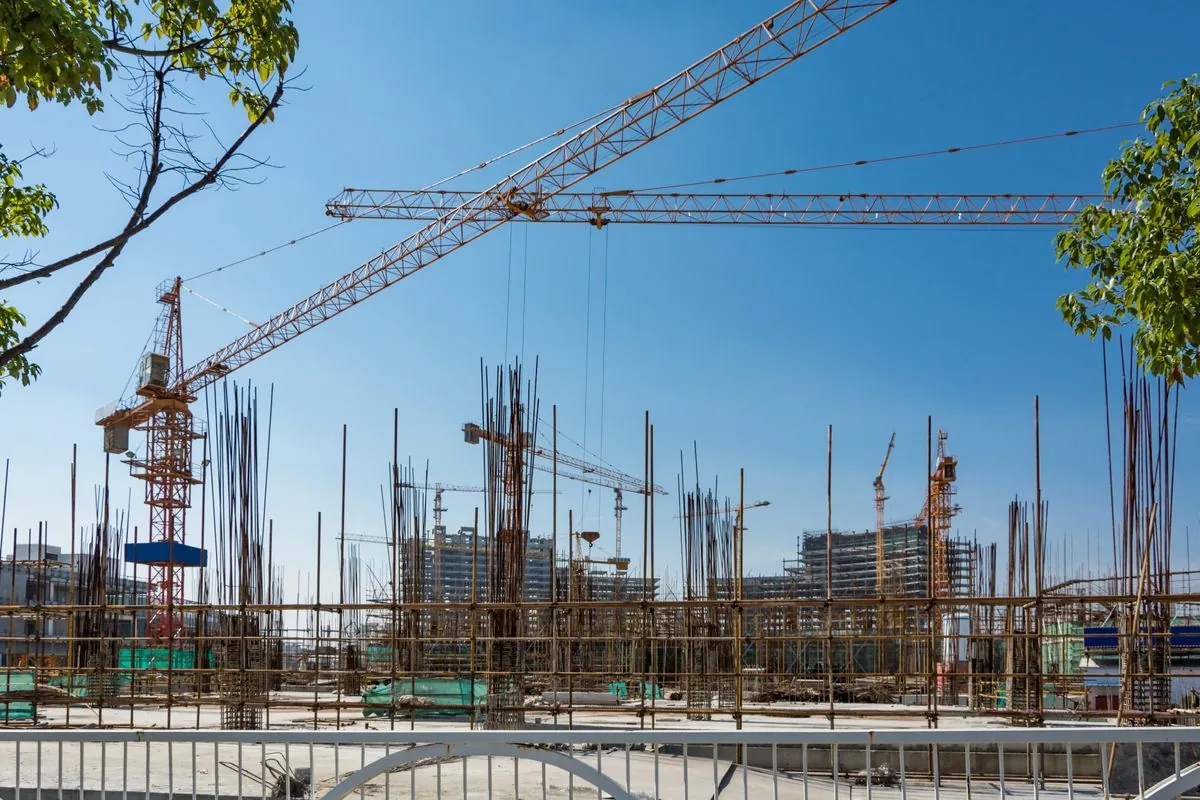The UK's housing crisis continues to intensify, with Keir Starmer, the Prime Minister, proposing ambitious plans to address the issue. However, economic realities and investor skepticism may hinder these efforts, potentially necessitating significant government intervention.
In London, house prices have nearly doubled relative to median income since 2002, rising from 7 times to 13 times by 2023. This trend reflects a broader national problem, as the UK now has the second-highest house price to income ratio in the OECD. The crisis is further exacerbated by a significant decline in house construction, with 3 million fewer homes built between 1989 and 2019 compared to the previous three decades.
Starmer has committed to constructing 1.5 million new homes during his parliamentary term, setting an annual target of 300,000. This goal surpasses the previous government's achievement of 226,000 homes in its final year. To facilitate this ambitious plan, the administration intends to reform planning laws, increase the number of planning officers, and expand the scope of buildable land.
However, relying solely on private housebuilders may prove insufficient. The UK's housing stock is among the oldest in Europe, with 38% of homes built before 1946, highlighting the need for substantial new construction. Yet, economic factors such as elevated building and labor costs, coupled with soft demand due to high mortgage rates, may deter developers from rapidly increasing construction.
Investor sentiment reflects this uncertainty. Despite a recent uptick following Labour's election victory, most housebuilder stocks remain below their December 2021 levels, when the Bank of England initiated interest rate hikes. Analysts project modest growth for major developers like Persimmon and Barratt Developments, with forecasts falling short of pre-2023 production levels.
The government may need to take a more active role in addressing the housing shortage. The UK's planning system, established by the Town and Country Planning Act 1947, has often been criticized for hindering development. Starmer's administration could consider revising policies like the Green Belt, introduced in 1955, which restricts development around major cities.
Increasing the supply of affordable housing is crucial, as such properties accounted for only 13% of new home supply in 2023. However, local authorities have faced a 46% reduction in funding grants from central government since 2010, limiting their ability to invest in housing projects.
To overcome these challenges, Chancellor Rachel Reeves is considering raising rents for affordable homes over the next decade, potentially generating additional funds for local housing associations and councils. The government may also announce a new housing fund worth several billion pounds in the upcoming October budget.
While these measures would be costly, they may be necessary to address the UK's persistent housing crisis. With the average age of first-time buyers increasing from 31 in 2007 to 34 in 2023, and private renting doubling since 2002, bold action is required to ensure adequate housing for the nation's growing population.
"We will take on the blockers to housebuilding by accelerating the planning and approval of new homes."
As the UK grapples with its housing challenges, it's clear that a multifaceted approach involving both public and private sectors will be essential to meet the ambitious targets set by Starmer's government and provide affordable housing for future generations.
